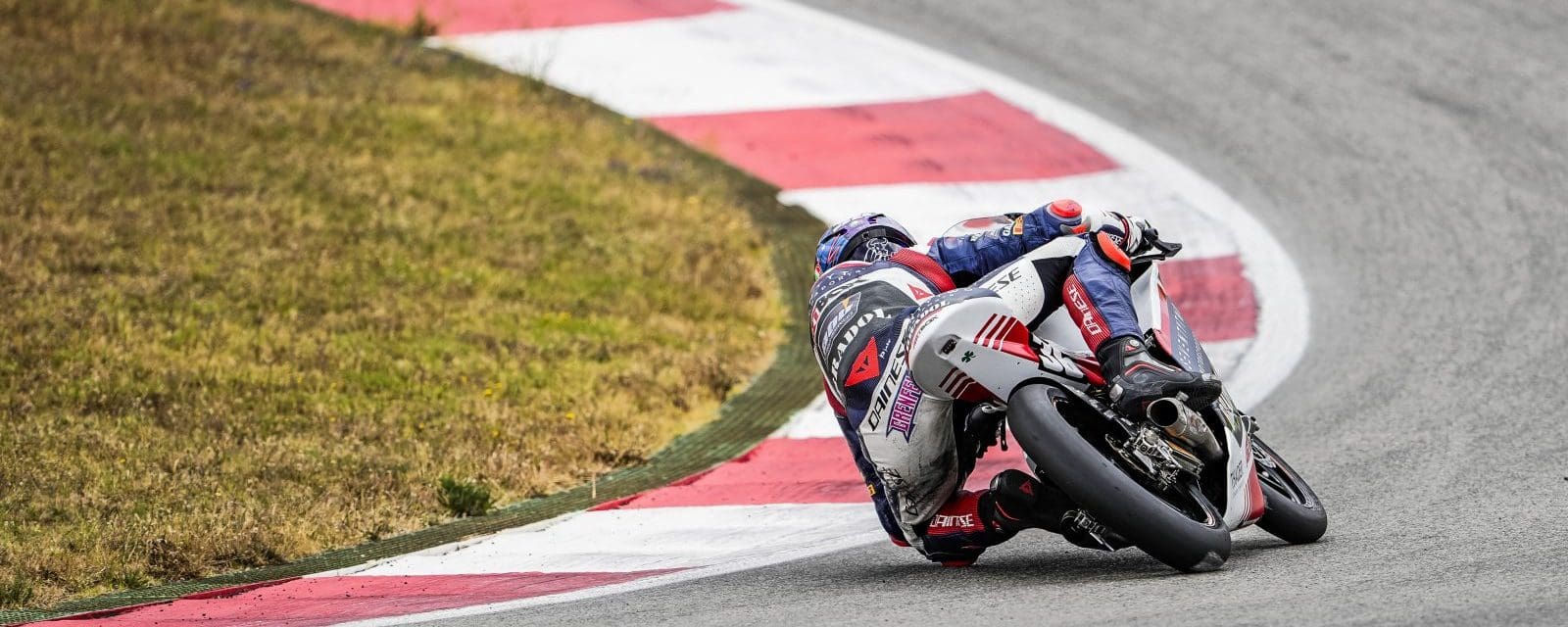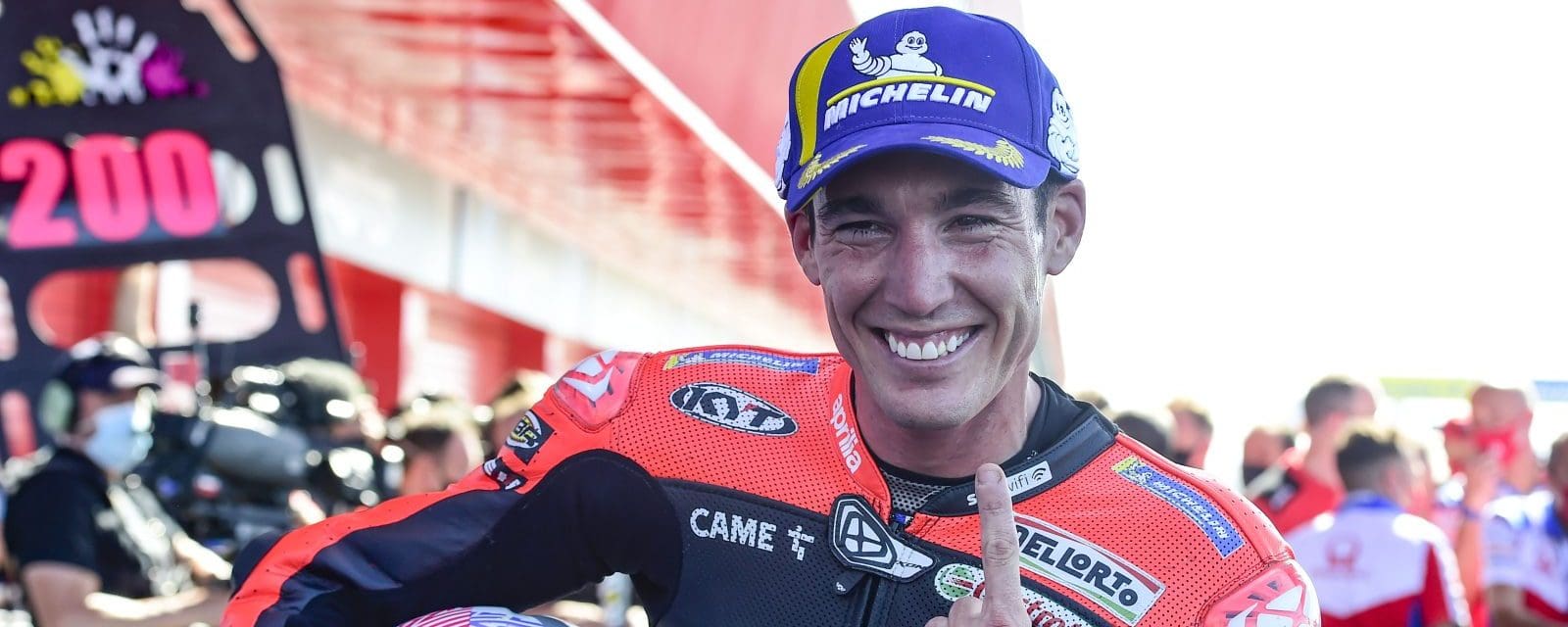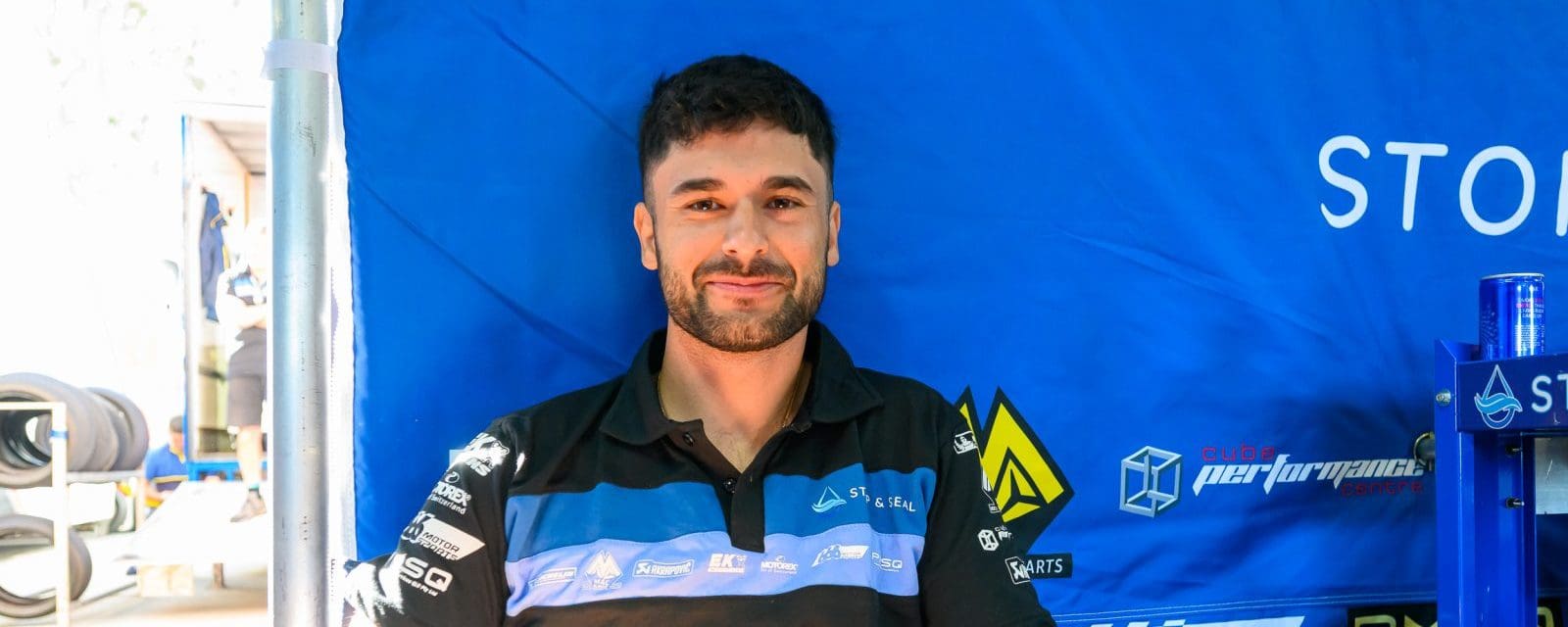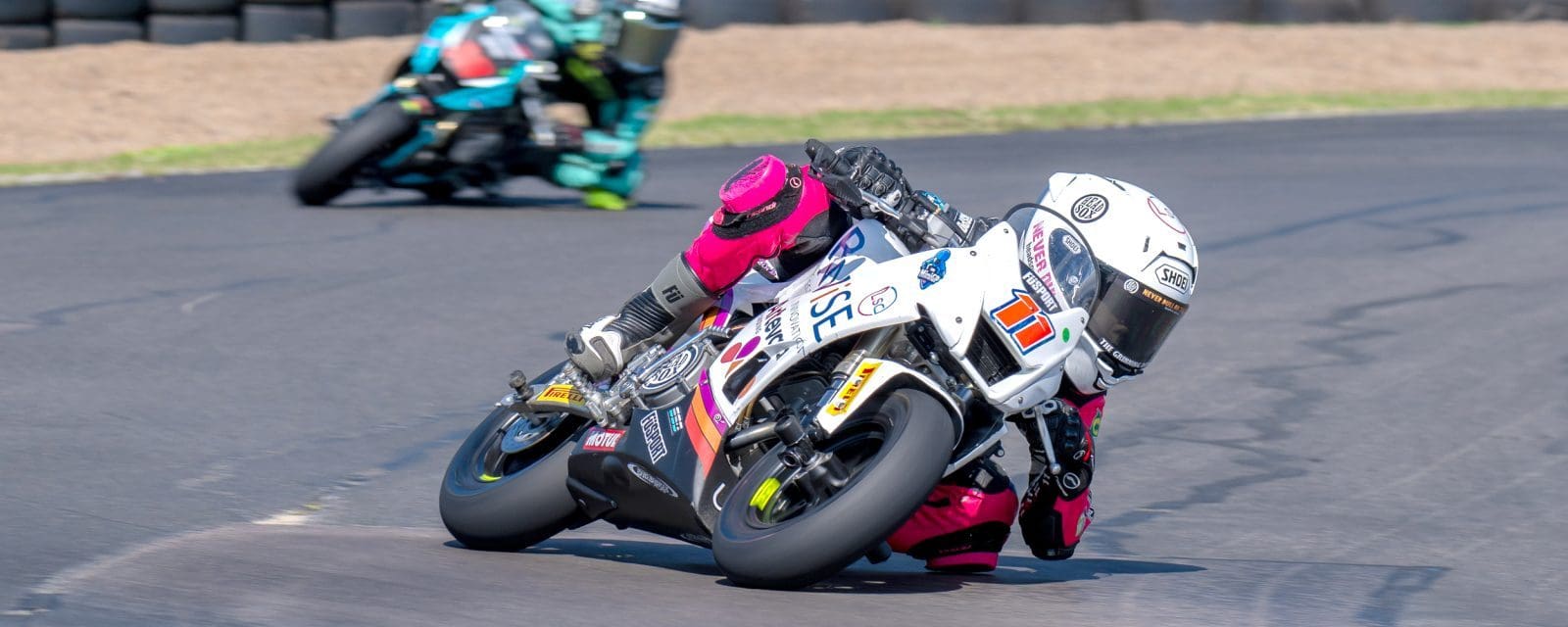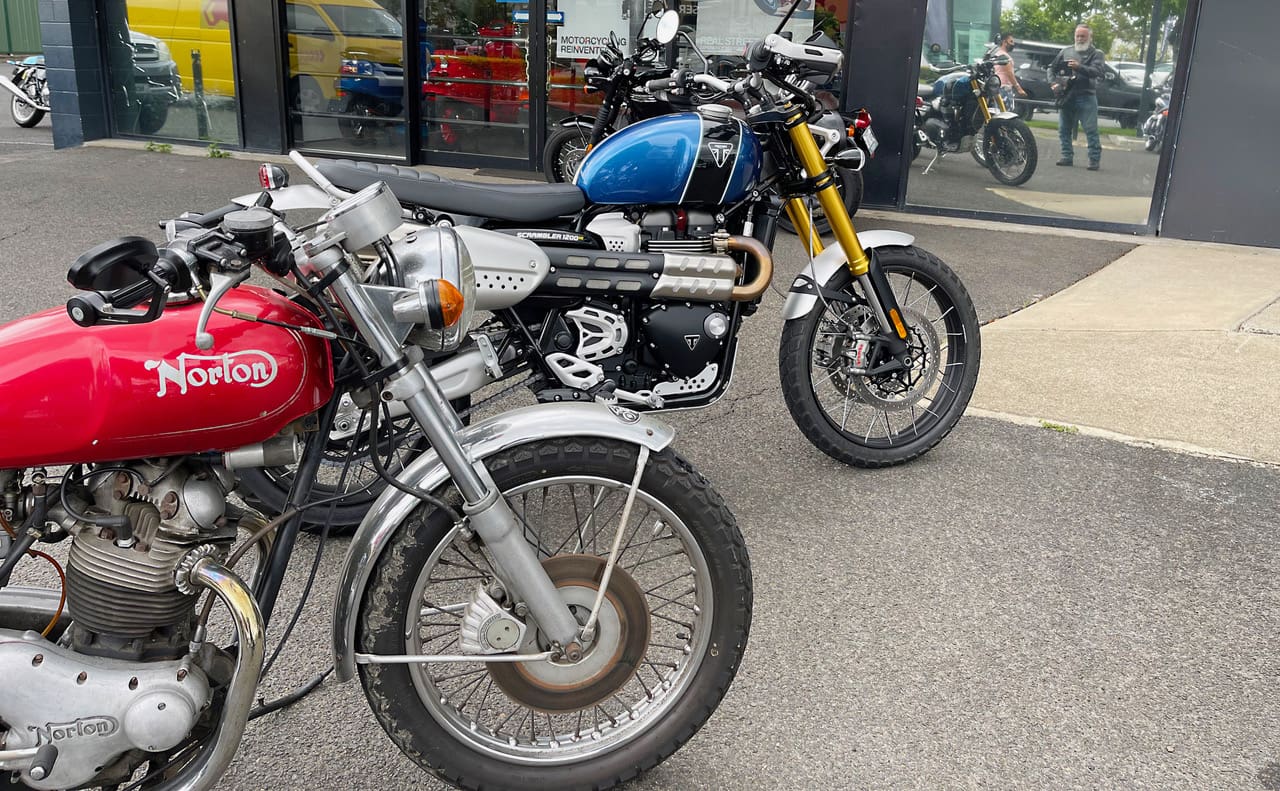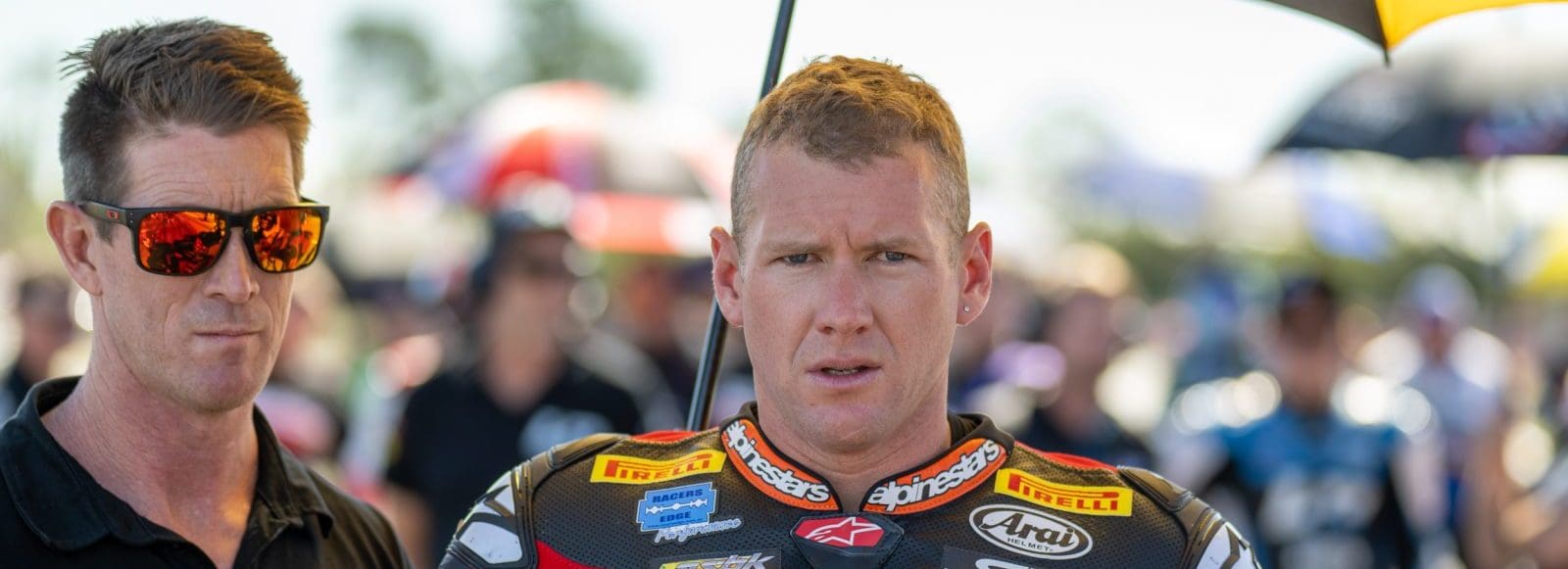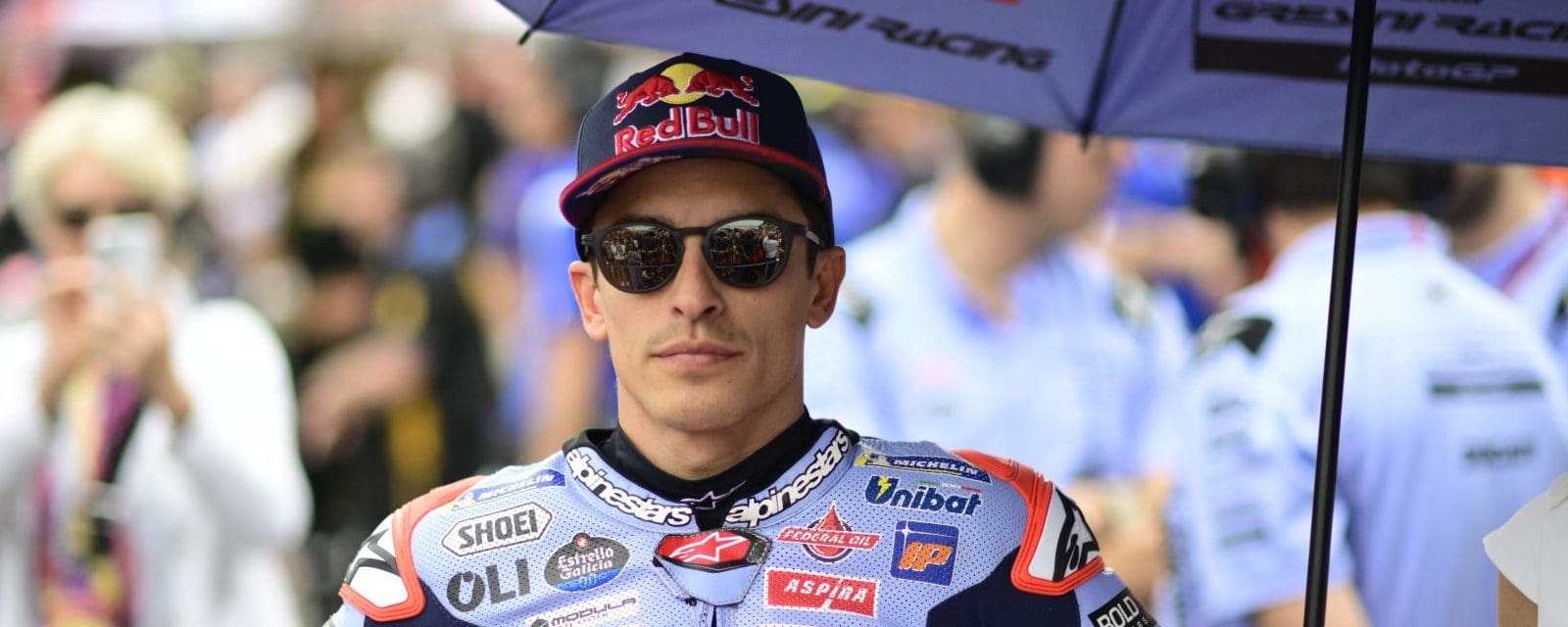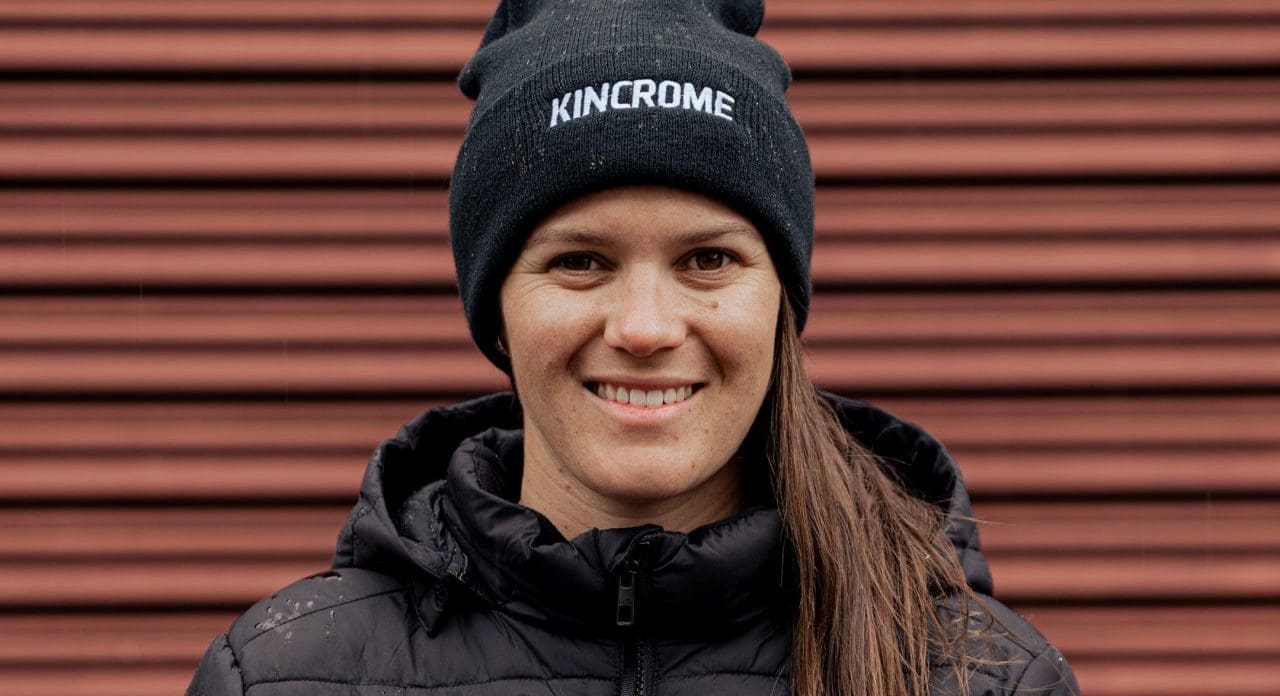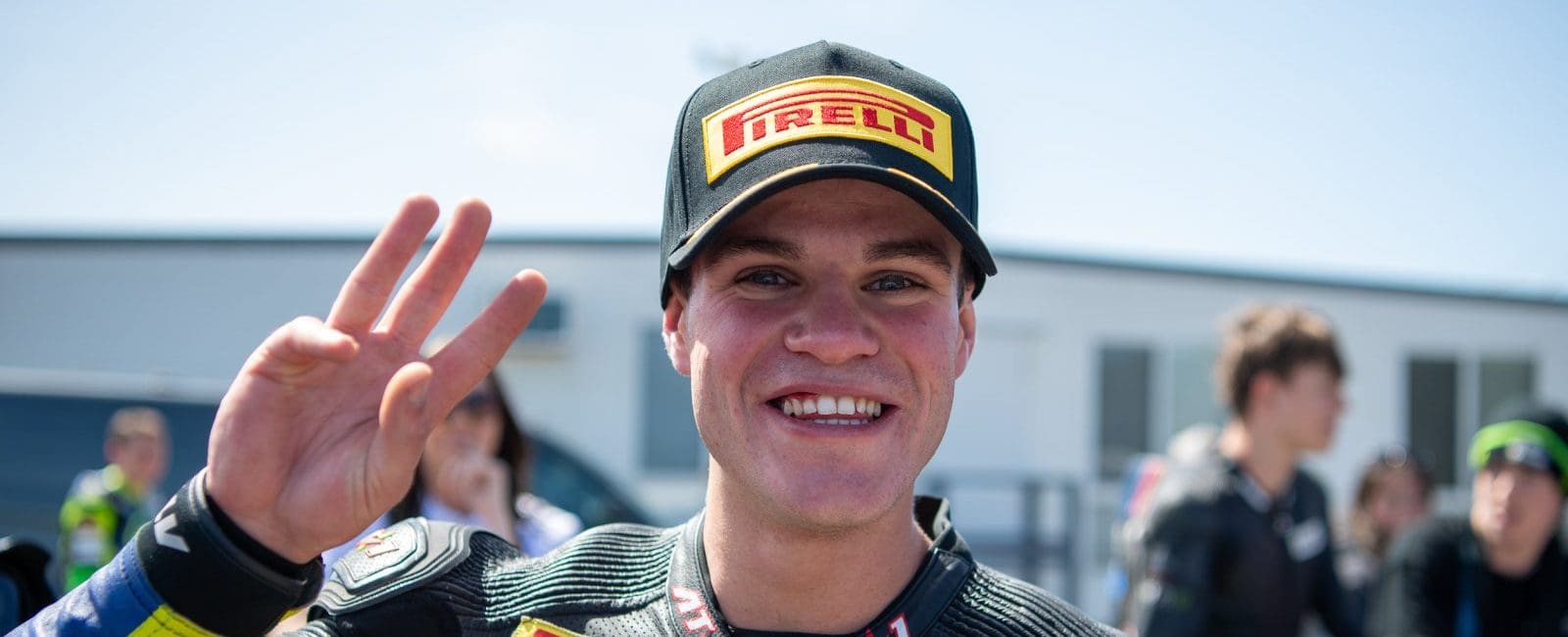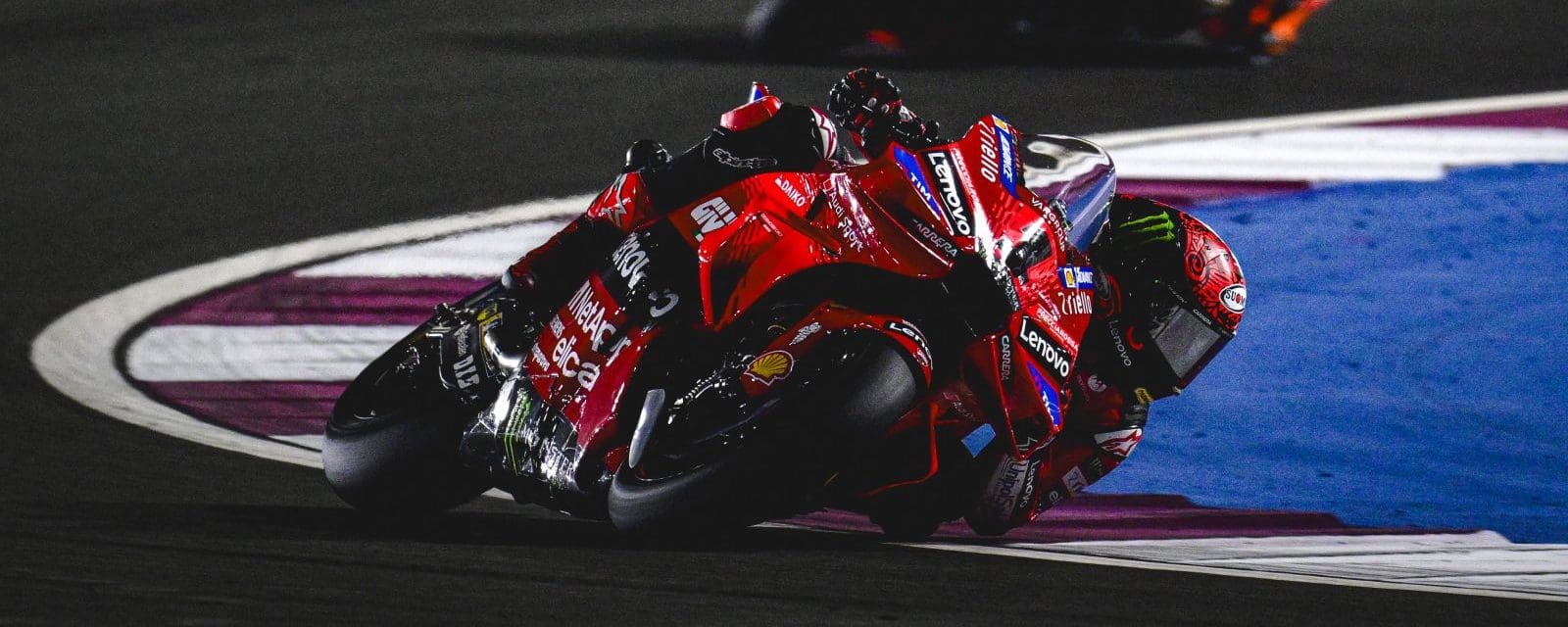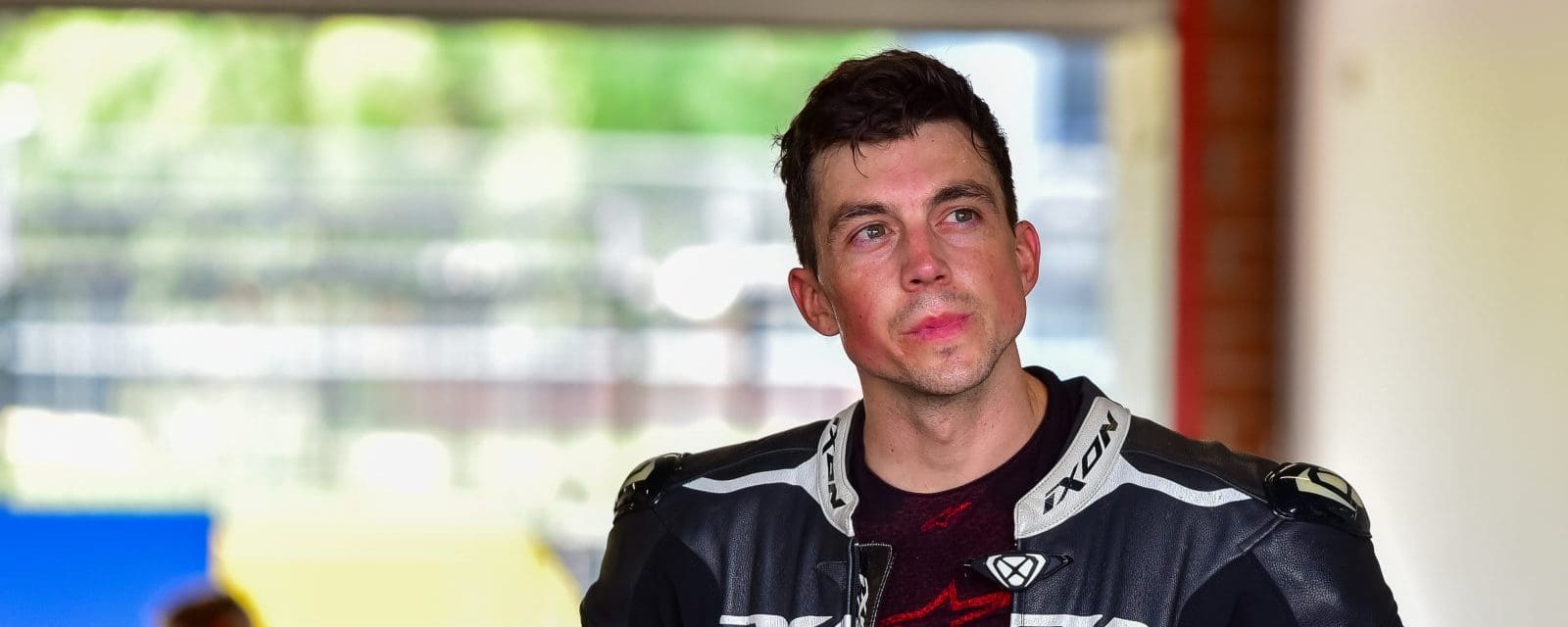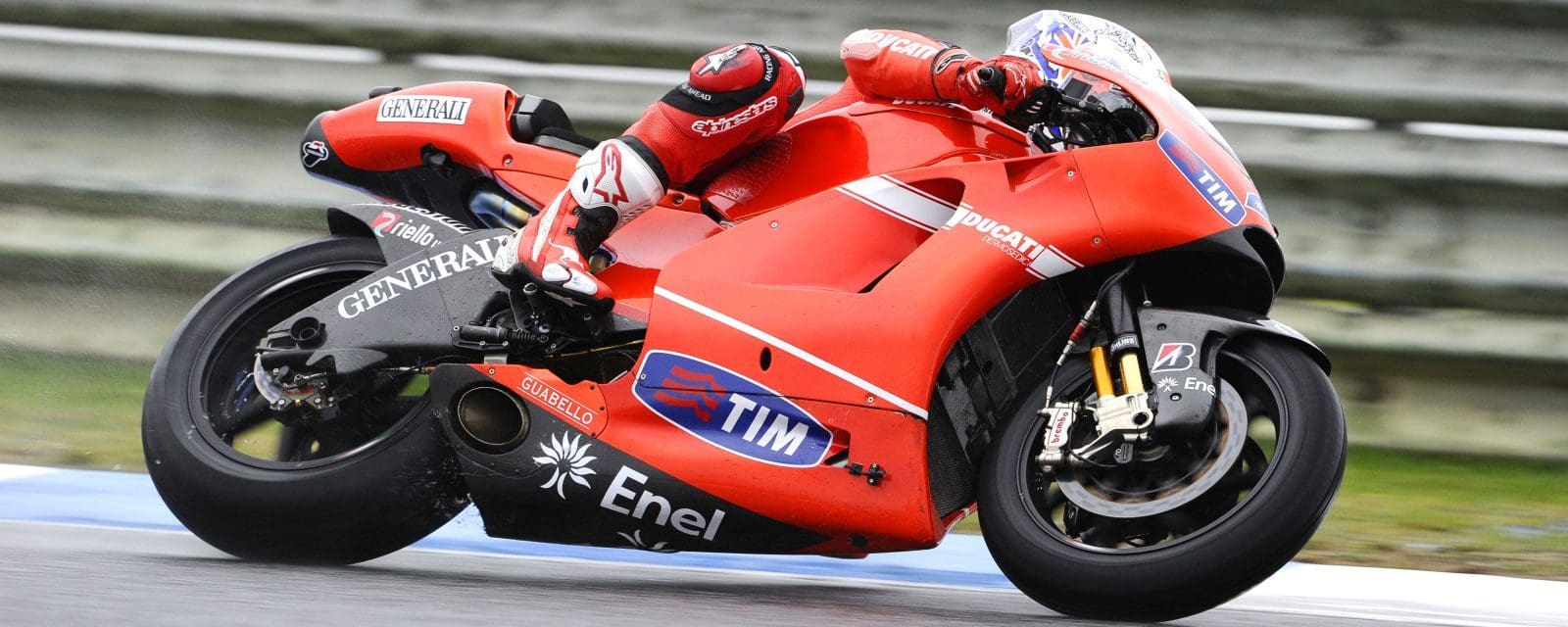We had been warned before the commencement of the practice day that, while the track was dry, the ripple strips were still wet from the overnight rain. “They are like ice, so stay away from them,” was the warning.
Two sessions in and I took the fast left-hander a little wide, touched the ripple strip and spat myself to the moon.
It was my first decent crash on track, and in some ways I was glad to get it over and done with as the anticipation of it had been playing on my mind. I was sore from my head to my toes, but I knew I’d be in a lot more discomfort next day, so we patched up the bike and rode the rest of the day. Getting straight back on the bike helped me block out the crash and get on with it; the old get-straight-back-on-the-horse approach.
I put the theory to the test again at a recent trackday. Young staff journalist Zane had recently suffered a slide down the road, and admitted he was struggling with confidence during the first two sessions. When I heard the two-minute call for the third session I offered him our MT-10 long-termer and told him to go and enjoy himself.
Up until that point, the most powerful thing he’d ridden on the track was a Honda CBR250RR.
Because riding the big litre bike required all of his concentration, there was no room left for doubts, and at the end of the 15-minute session he was posting some very respectable times. More importantly, he declared it totally awesome and jumped back onto his 250 racebike to set a personal best lap time.
Young proddy racer Harry Khouri also showed the importance of getting straight back on the horse at the recent Morgan Park ASBK round. A spectacular crash during the Supersport 300 race (pictured) totalled his racebike, so the team quickly prepared the spare bike, which he raced to a podium finish in the R3 Cup race. Sometimes it’s tough to get up, dust yourself off and keep going, but it’s the best thing to do.
Because riding is just as much a game of the mind as a game of skill.
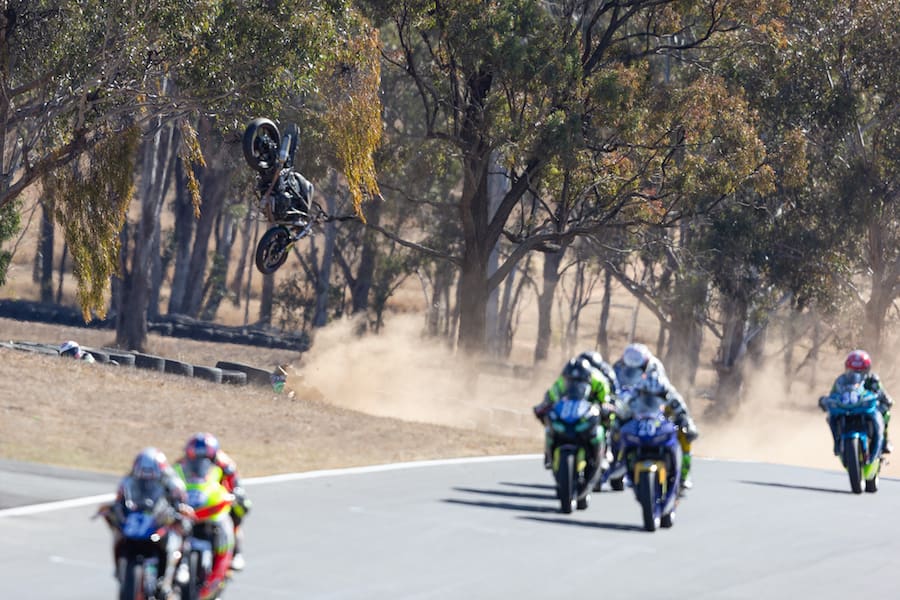
As published in Vol 68 No 05
By Chris Dobie
